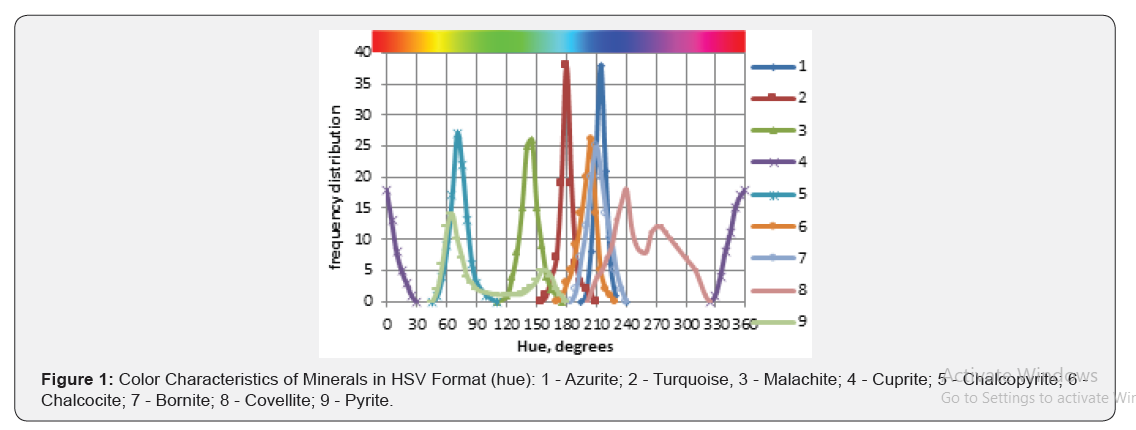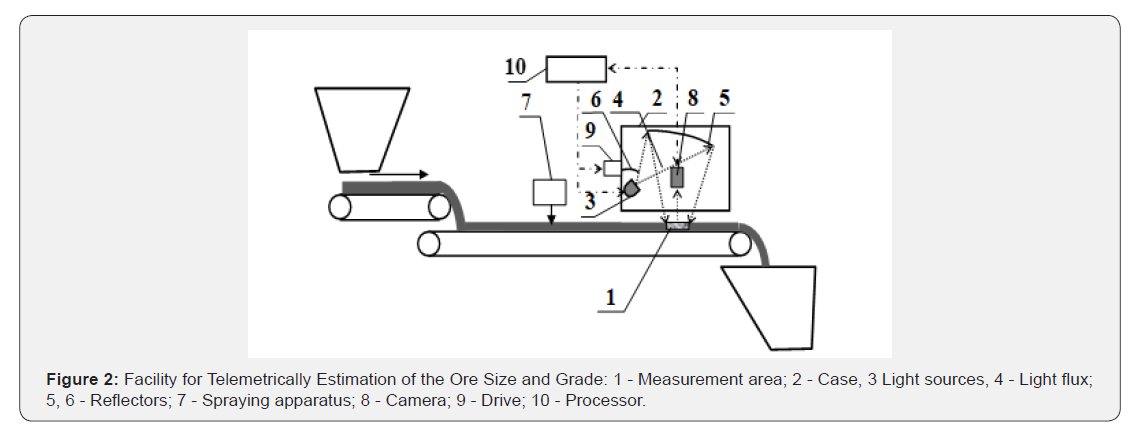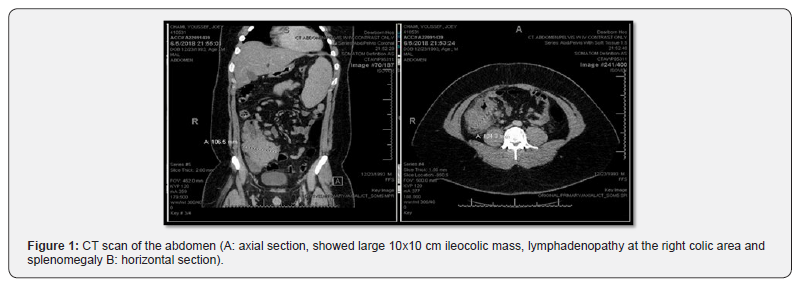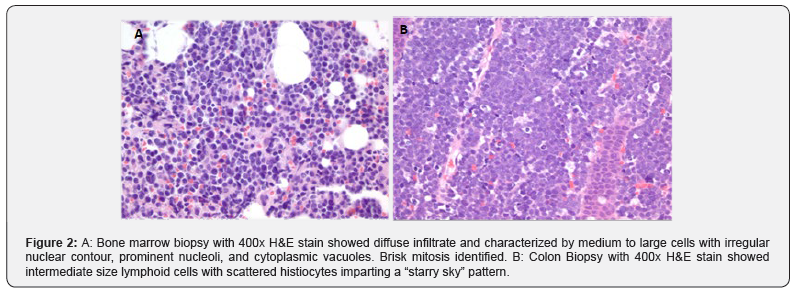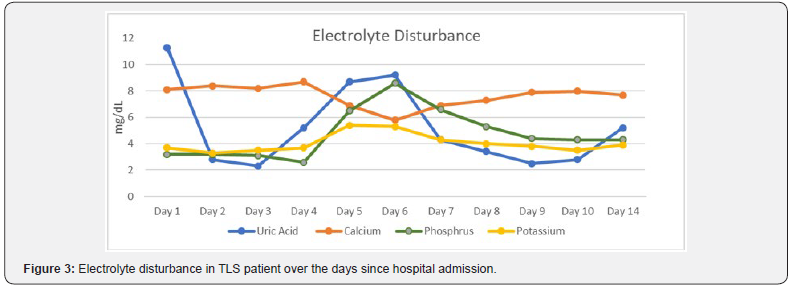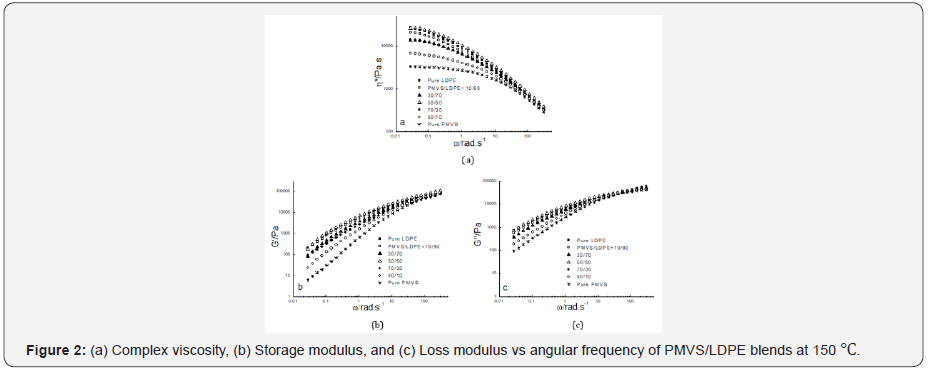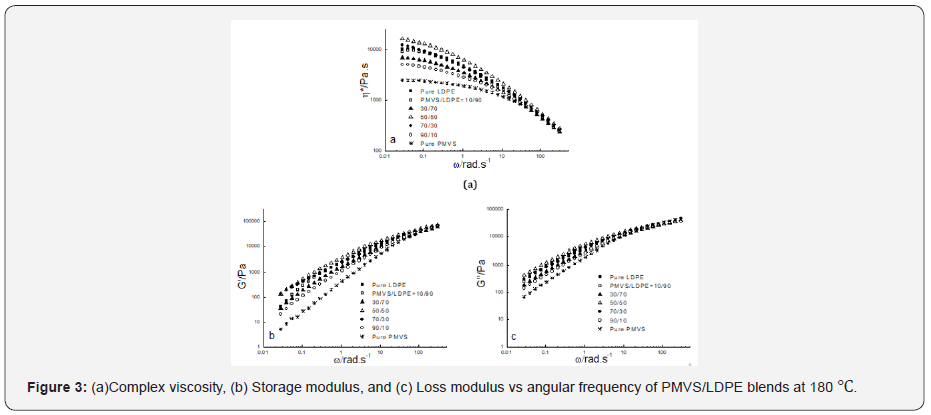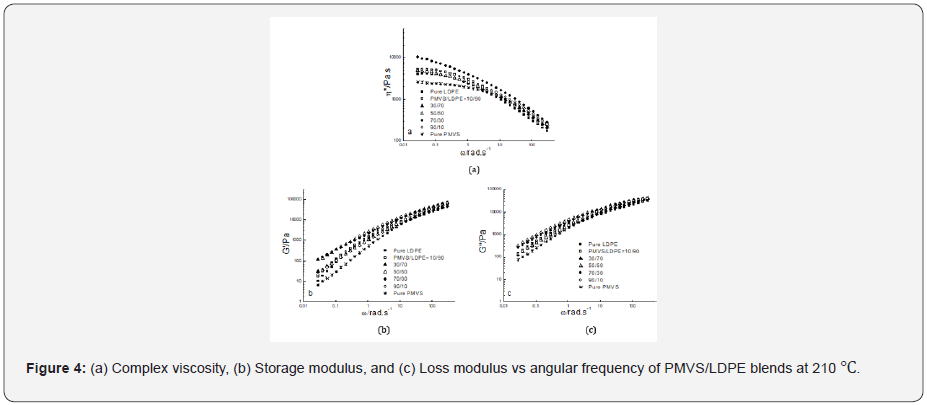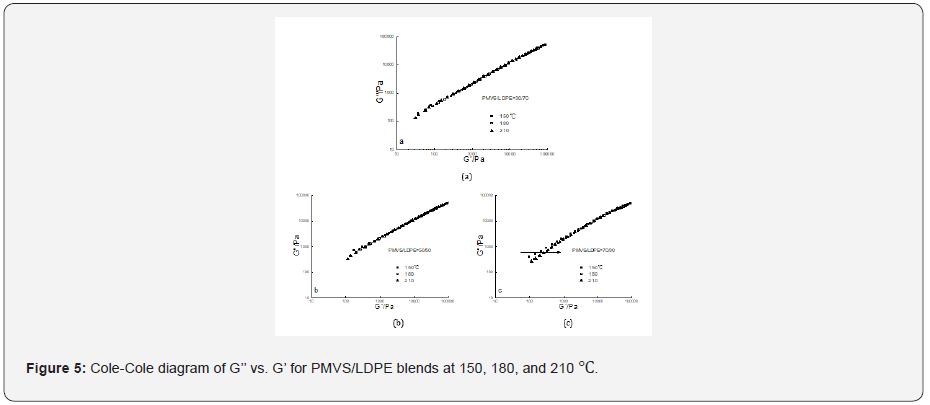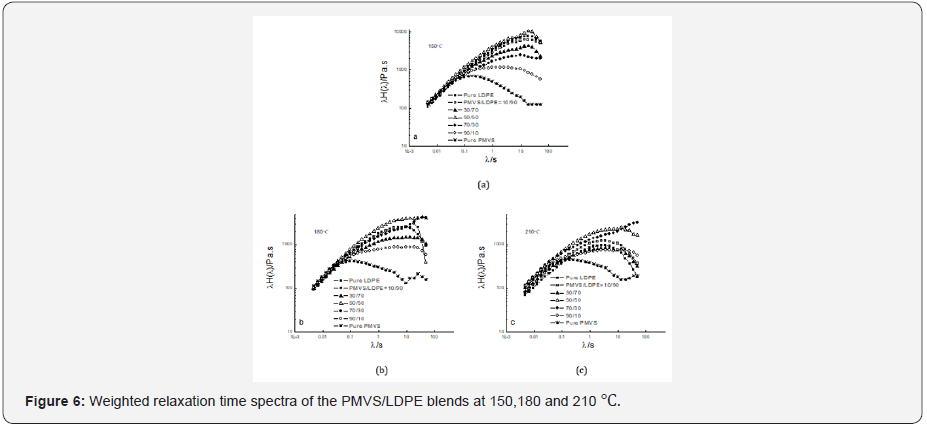The major aim of most organizations worldwide is to
be good performer in terms of goal achievement. They lay several
strategies to boost their productivity and some of these strategies
touch on the mode of employment or change of human resource to become
result centered. According to Hussein & Simba [1], employee’s
performance fundamentally depends on employee motivation, training and
development, performance appraisals, employee satisfaction,
compensation, job security, organizational structure among others. It is
out of such arguments that the study was informed to examine how
motivating employees influence performance of organizations. The study
employed document analysis as a method for gathering relevant
information required by the study.
Keywords: Motivation; Employee; Organization; Performance
The term motivation has received varied scholarly
definitions. According to Baron et al. [2] motivation was driven from
Latin word ‘movere’ meaning move. The act of providing people with
incentives to make them act in a desired manner is considered as
motivation Certo [3]. In view of Nelson [4], motivation is the process
of arousing and sustaining goal-directed behavior. According to Geomani
[5], motivation is a decision-making process. It is inspiring a person
to accomplish a behavior which is goal-oriented. Stanley [6] perceived
motivation forces that are psychological and control direction of an
individual’s effort level together with his/her tenacity in obstacles. Globally, desire to become successful and have
constant progress is in the mind of every organization and business
owners Manzoor [7]. According Manzoor [7], many organizations are facing
challenges of employee retention regardless of their sizes, technology
and market focus following the competitiveness in the current era.
Nevertheless, these challenges can be overcome through adoption of a
strong bonding between employees and their organizations Manzoor [7]. It
is articulated that employees form the most critical part of any
organization hence need to influence and persuade them towards tasks
fulfillment is also crucial.
According to Hussein & Simba [1], employee’s
performance fundamentally depends on employee motivation, training and
development, performance appraisals, employee satisfaction,
compensation, job security, organizational structure among others.
Osabiya [8] acknowledged different strategies that various organizations
design to compete and achieve prosperity. He asserted that employee’s
motivation determines any business facet’s success. Further, he noted
that the capability of drawing, holding and advancing employees that are
talented are the main characteristics of a business that is successful.
He considered employees as an asset with the highest significance in an
organization chiefly in industries which are low-tech labour rigorous.
Geomani [5] established that for an organization to grow, it must
consider motivation as a significant factor in achievement of its
growth. Stanley acknowledged the change and competition among companies
which seek a competitive edge in today’s market hence call for employee
motivation for their retention in the organization for improved
performance.
In view of Neeraj [9], the values and vision of an
organization, employee engagement, acknowledgement of management and
appreciation after work together with inclusive leadership legitimacy
are the critical factors in motivating employees for better performance.
According to Stanley [6], most organizations face several challenges of
which employee turnover has been
identified as a universal problem around the world face. He
noted that de-motivation is amongst the factors that contribute
to high employee turnover. This was also affirmed by Mosley et
al. [10]. A growing consensus among managers and leaders on
the significance of combining effective motivation incentives to
improve organizational performance was established by Cole &
Kelly (2011). For organizations to meet their objectives, they must
have a workforce that is motivated and works towards achieving
the said objectives (Steers & Porter, 2011). Levy (2013) contended
that keeping employees motivated is the greatest challenge many
organizations face despite acknowledging that motivating them
improves the organizational performance. Nevertheless, the
organizations put efforts to identify and implement programs
that prove effective in improving employee productivity Deci [10].
George & Jones (2013) posited that increase in salaries alone is
not enough, other motivational factors must be considered for
improved organizational performance.
In 2014, Jobber & Lee contended that a poorly motivated
labour-force is costly in that it makes an organization realize
lower production and performance. They established that lack
of motivation is characterized by high/excessive staff turnover,
frequent absenteeism, increased expenses, and a negative effect
on the morale of colleagues. Al-Madi et al. [11] argued that the
success of an organization largely depends on quality of her human
resource irrespective of the industry within which it operates.
This was also established by Deci [10]. This leaves mangers and
leaders with no alternative other than striving to motivate their
workforce to improve the performance of their organizations
Nabi et al. [12]. Kemoh [13] asserted that motivation falls among
the significant factors in an organizational behavior and human
resource management.
According to Al-Madi et al. [11] employees are the real assets
of any organization. Mohsen et al. [14] asserted that employees
form the company’s engine. They noted a rising need of the job
being done properly by the staff and the organization getting
the required output from employees. Geomani [5] posited that
for this to be achieved, there must be adequate motivation of
employees by the management. Omollo [15] contended that it
is always rewarding to a business to keep employee committed,
motivated and involved in their jobs in that motivated and
committed employees are more productive. According to Waiyaki
[16], organizations are in a constant pressure to retain their workforce
in a global and highly competitive environments. Deci [12]
postulated that experienced, reliable and highly skilled employees
are an asset for any organization.
Many scholars have argued that employees who are
motivated highly normally are characterized by high productivity.
Nevertheless, Certo [10] contended that good performance
does not only emanate from motivation but also other factors
such as employee’s ability and skills, supplies, equipment, and
time. Previous scholarly studies have noted that pressure that
most organizations are constantly experiencing to retain their
workforce in a highly competitive, global environment Waiyaki
[16]. Deci [10] contended that the only valuable assets that any
organization can be proud of is its highly skilled, reliable and
experienced employees. Nabi et al. [12] acknowledged that
employee’s productivity increase with its level of motivation even
though this fact was refuted by Certo [10] who posited that a good
performance is not because of motivation only, but also includes
other factors such as ability, skills, equipment, supplies and time.
One of the challenges facing most organizations is a high staff
turnover irrespective of the salaries they offer Aguinis, [17]. This
is a clear indication that salary is not the only motivator Waiyaki
[16]. According to George & Jones (2013), the managers and
supervisors should understand the need of individual employees
and what motivates them instead of assuming a one-size-fits-all
approach. Emeka et al. [18] compared an organization with its
workforce and noted that an organization is only as strong as
its workforce. Storey (2013) emphasized on the need to treat
human resources with great care as they hold the productivity
of any organization. Such kind of treatments are lucking in
some organization even though the managers have recognized
employees as invaluable assets in an organization.
Motivation of employees is perceived to have positive impact
on the performance of organizations, yet many organizations have
not realized this, or they have but lack the capacity to implement
it Kemoh, [13]. Considering various kinds of motivation such as
training, promotion, salary increment, sponsorship for further
studies, improving working environment conditions, rewards and
praises, many organizations have not adopted these strategies
for improving organizational performance Osabiya [8]. Instead,
the employees get their salaries or remunerations late, they
sometimes face harassment and frustrations, they work in poor
working environments and treated as slaves with their leaders,
they are at times discriminated and denied promotions and denied
even the sick leave, medical cover and houses allowances, in some
cases they are not paid for overtime.
In some cases, the employees get dismissed from work simply
because of lack of adequate skills which the organization can
improve through offering trainings at some level Nguyen [18]. The
leadership style in some organization has also been a major issue
affection organizations performance Gachingiri [19]. In some
cases, the employees get treated badly with no respect by some
leaders. Motivation as a strategy to improve the performance
of the organization, entails several things. Most organizations
have failed just because of their lack of concerns on the welfare
of employees. Motivations take various forms and not all about
money or increase of salaries. This study recognizes the following
as a way of employee motivation.
Several employees have been dismissed from their duties just
because of lack of basic knowledge on operating some simple
machines. We live in a competitive world where organizations need to improve the capacities, competence and capabilities
of the employees they have Tella et al. [20]. Employees training
enables them to improve on their knowledge, skills, capabilities
and competence. Some organizations have taken the initiative to
engage their employees in various workshop and training to help
boost their skills in performance. As considered the most asset
of the organization, employees feel encouraged and empowered
when trained and embrace the organizational goals with all
their efforts. This in turn increases organizational productivity
Waiyaki [16]. Some organizations have also adopted the use
of bench marking where their employees are taken to other
companies or organization to see by themselves and learn how
various activities are undertaken. The new environment they are
taken motivates them and makes the eager to learn from people
who works with them in the same capacity but may be effective
in their performance. The knowledge gained from this together
with workshops can be transferred to the organization which
sponsored them to help meet the organizational set objectives.
Training empowers employees with new skills and competencies.
The way employee is handled directly impact their
commitment and performance in an organization. Some leader
has adopted the character of being commanders and do not look
like part of the team in an organization. They put a lot of pressure
on employees and treat them with no respect despite their ages.
Under such conditions, the organization should expect very little
in terms of productivity Gachingiri [19]. This normally brings
the difference in performance among organization set in the
same region. Some may perform poorly but has skilled and able
employees. Frustrations in the organization brought by poor
leadership demoralizes employees and may lead to high staff
turn-over. A good leader is always understanding. What should be
acknowledged is that in every home an individual comes has its own
stress. Employee might have their own at work places combined
with others associated with family obligations. Such employees
may come to work while stressed and may need a very caring and
understanding leader. A leader who takes employee’s problem
as his or hers and embraces an employee makes him motivated
committed to his duties in the organization. This improves
performance and organizational productivity Achua & Lussier
(2013). The senior leadership, direct manager and employees are
responsible for motivation Bhuvanaiah & Raya [21]. Kemoh [13]
posited that engagement, trust, job satisfaction, achievement,
values of individual and organization, acknowledgement and
rewards fall among the motivational.
Every employee needs a stress-free environment. This factor
has not been considered by many organizations. In fact, some
managers and leaders in the organization have slighted the issue
of working environment Surjosuseno [22]. Many scholars have
always advocated for a healthy and safe working conditions.
Sedarmayanti [23] gave two distinct working environments which
comprises physical and non-physical. He further contended that
employees are motivated by a better working condition. According
to him clean, secured, friendly and safe working environment
motivate employee and this in turn improves the organizational
performance.
Work environment is about creating conditions in which an
employee can perform his/her duties comfortably Gitonga [24].
He further noted that effective application of ergonomics can help
realize an equilibrium amid the task of employees’ and demands.
Some employees have been exposed in a working environment
which are dusty, noisy and hostile. They organizations at times
do not provides protective gadgets or working gears that may
protect the employees from dust and noise. Some of them work
in a poorly ventilate facilities that degrade their health gradually.
An employee might be discouraged while he or she thinks of such
conditions and may feel like not going to work. In most cases
absenteeism realized by many organizations may be associated
with their poor working environment that the employees tend
to fear Bushiri [25]. Hostility of the environment in this case may
because of non-corporation among the employees themselves
or the senior staff creating a wide gap between them and their
juniors. A friend, clean, safe and healthy working environment
encourages someone and shuns fear in him or her and makes
him to be committed to the work. Through such commitment, an
organization realizes its set objectives.
Traditionally, work done goes with at least a token inform of
wage or salary depending on the agreement between the work
own and the person contracted. Many organizations look at this as
the only employee motivational strategy Babagana & Dungus [26].
Advantage has been taken by some organizations that pay very low
remunerations to their employee in the name of standing a chance
to hire others who are jobless at a lower cost. Such mentally has
not only demoralized the employees but also affected the same
organization with staff turn-over. Some employees have done overtime,
some are also paid in a flat rate regardless of their education
qualification. Some organizations have also been characterized
with delayed payment of their employees. Previous scholars have
noted that appropriate and timely payment of employees motivate
them and increases their commitment to work for the organization
Ojeleye [27]. A good example that can be given in this case is parttime
jobs that are done to the institutions like universities in Kenya
where payment might delay for over three years. At this level, the
employees whether temporarily contracted, does not give fully his
services. An employee feels frustrated and may appear in class
even once or twice in a whole semester. What is affected most is
the quality of the organization’s products. In such go on in other
organizations that deal with production of goods, the performance
and productivity go down.
Physical facilities play a very important role in an organizational
productivity. Someone once put it that a bad workman quarrels with his tools. Sometimes you may find that what the employees
uses in an organization does not give him easy time. Where he
put to work may also be uncomfortable. An organization with
poor structures, and equipment demoralizes employees as they
are left with no alternative other than struggling to produce.
Good physical facilities encourage and make the work easier for
the employees. Poorly ventilated structures threaten employee’s
health. Employee’s welfare includes all those facilities, services
and benefits which are provided by employer to its staff for
their comfort Sameer [28]. She further posited that employee’s
welfare, safety and health are the measures that promote the
efficiency of the staffs. She contended that different welfare
programs provided by any organization to its workers have direct
impact on the physical, health and mental efficiency alertness,
morale and overall efficiency of the employees. She considered
accommodations arrangements and canteen facilities as some of
the welfare facilities which can be categorized to as comfort of
living as well as working environment.
According to Sameer [28], the welfare facilities can be classified
as Intra-mural welfare facilities which includes all the activities
relating to industrial fatigue, providing safety measures to staffs
like enough lighting conditions, first aid services, good layout of
the plant and machinery among other. The other type of facility
is the extra-mural welfare facilities which include the facilities
which are provided outside the company’s boundary. They include
recreations sports, better housing accommodations, educational
facilities etc. The provision of these facilities is voluntary. The third type of facility is the statutory facilities which are all
the welfare facilities which are passed by government of a country.
It is worth noting that no company can ignore these facilities
and mishandling of statutory facilities can be result toward
punishable under the government Act concerned. The fourth is
mutual facilities which are facilities which are usually outside
the reach of statutory. These activities are voluntarily undertaken
by the staffs themselves for their own interest. The other type of
facilities is the voluntary facilities which are those facilities which
are provided by employers voluntarily. Adapted from Sameer [28].
An organization with proper office equipment and good physical
facilities motivate employees and this increase productivity and
organization performance. The health facilities, educational and
recreational facilities are vital for an organization. This study
also noted that employees can be motivated by factors such as
mentoring, counseling, coaching and assimilation.
An individual is not born with knowledge of everything. It
has been noted that even after going to school we still need to be
taken through various activities that improves our proficiency.
We need people who are more skilled and experienced than us to
help us learn more things required or expected of us. In a working
environment, for instance organizations, new recruits might
not be well vast with knowledge and/or skill to perform to the
standards required by the organization. They need to be subjected
to mentorship where they are guided and led by experienced
and skilled employees. Through mentorship, employee gains
skill, knowledge and competence from their mentors who know
the organizational goals and standards Nyamori [29]. They get
motivated to perform as their mentors. Unfortunately, some
organizations have not recognized mentorship as a strategy of
motivating employees and improving performance. Instead some
even send away their new recruits simply because they are unable
to perform basic tasks. In most cases skills and experience are
gained in the field where someone interact practically with what
is required of him to deliver. Those that have adopted this strategy
have seen how fast their new employees adapt and perform to the
standards set by the organization. Mentoring increases someone’s
capability and competence to perform. Mentorship is considered
tailor-made advice that is intended to improve the capability of
inexperienced employee Tanoli [30].
Coaching
In view of Muriithi [31], this is a systematic and collaborative
process aimed at finding solution or good result. Coaching is also
done with an aim to enhance the experience of the employees. It
is different from mentorship in that mentors normally engaged in
the activities that they would like their mentees or juniors to learn
while the coach always stands and give instructions on what to be
followed. The managers and organizational leaders may become
coaches through organizing seminars or workshops to build
experience or capacity and competence of their employees. Having
set targets in an organization, employees are oriented towards
achieving this target. Some of the targets might be set higher and
these might cause panic and stressful working environment to the
employees. The coaches will help employee through coaching on
how to reach the set targets whose capabilities of skill they have
might not allow them. Coaching adds skills to perform various
tasks that an employee is assigned Bwengi [32]. The employees get
motivated when they can do or perform task that appear to worry
or when they meet high targets set by the organizations. Coaching
is considered a continuously monitored improvement process
where an employee is always at the watch to perform as expected
of him or her. The previous scholars noted that organizations
which have adopted and embraced coaching to their employees
have been able to retain their employees and have also improved
their performance El Achi & Sleilati [33].
Counseling
In view of Padmasiri & Jayatilake [34] counseling of an
employee is like provision of a health care intervention which is
psychological. According to Matolo & Mukulu [35] poor performance
of an employee may be associated with stress and demoralization.
Employees who are demoralized and stressed have emotional
responses and are characterized by low productivity. Challenges
we meet at home in meeting family obligations may be stressful.
Workplace environment may also be stressful. Working to meet the
organizational set targets may also stressful. This therefore leaves
the organizations with no alternative other than arranging for employee counselling. Employee counseling provides relief to the
situations considered impossible to overcome. Stress is associate
with dissatisfaction, lack of concentration and anxiety which in
turn lowers employee’s productivity. Migwe et al. [36] noted that
a stress-free employee is motivated and provides its best to the
organization. They therefore advocate for organizations to adopt
employee counseling as it helps relieve employees from tension
and make them be focused to achieving organizational goals and
set objectives. Employees should not be over tasked as they suffer
exhaustion which demoralizes them.
Assimilation
Assimilation of employees has been considered a motivational
factor in an organization. Some organizations do not embrace
their employees with the orientation required. A recruit takes
long before he or she becomes part of the team. Socializing with
the staff he finds in the organization becomes a problem. The
recruit become a lone range and feels isolated and alienated or
stigmatized Kokemuller [37]. He operates independently without
the love and concern of other employees. Assimilating new
employees and making the part of the organizational team makes
one feel part of that family fast and adapts to the organizational set
standards. When a new employee is embraced and made feel part
of the team, interaction and enquiring form others become easier
Basu [6]. If this is not done, the person may feel inferior and may
not ask what is required or expected of him. Operation in such fear
hinder performance. It is therefore imperative for organization to
embrace their new employee with love and brotherhood to enable
them to adapt fast and meet organizational goals.
Considering document analysis that this study undertook, the
researcher agrees that motivation of employee can significantly
affect performance of an organization. It is true that a stressed,
exhausted and demoralized hearts and/or mind are associated
with poor performance while a motivated one remain focused
to the organizational goals hence improved productivity and
performance.
